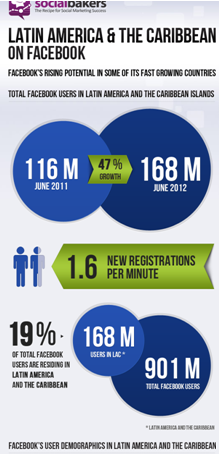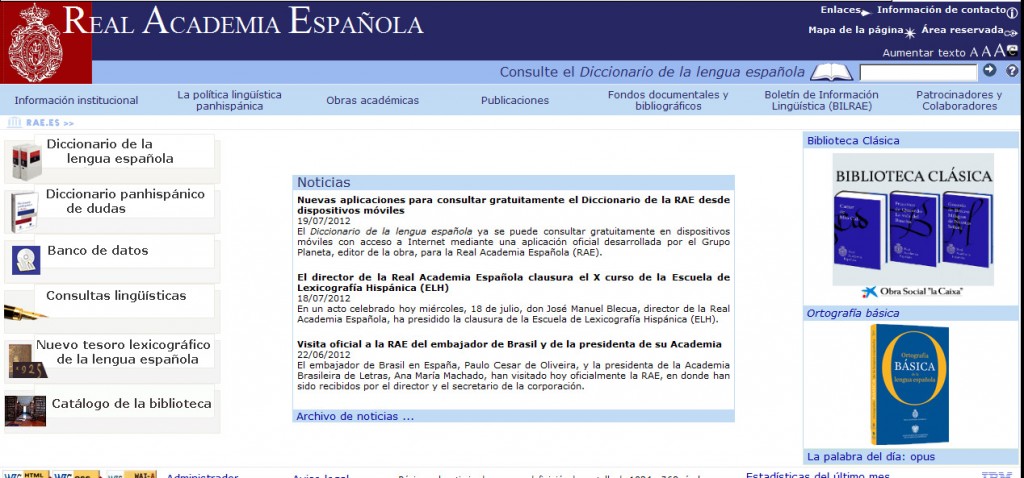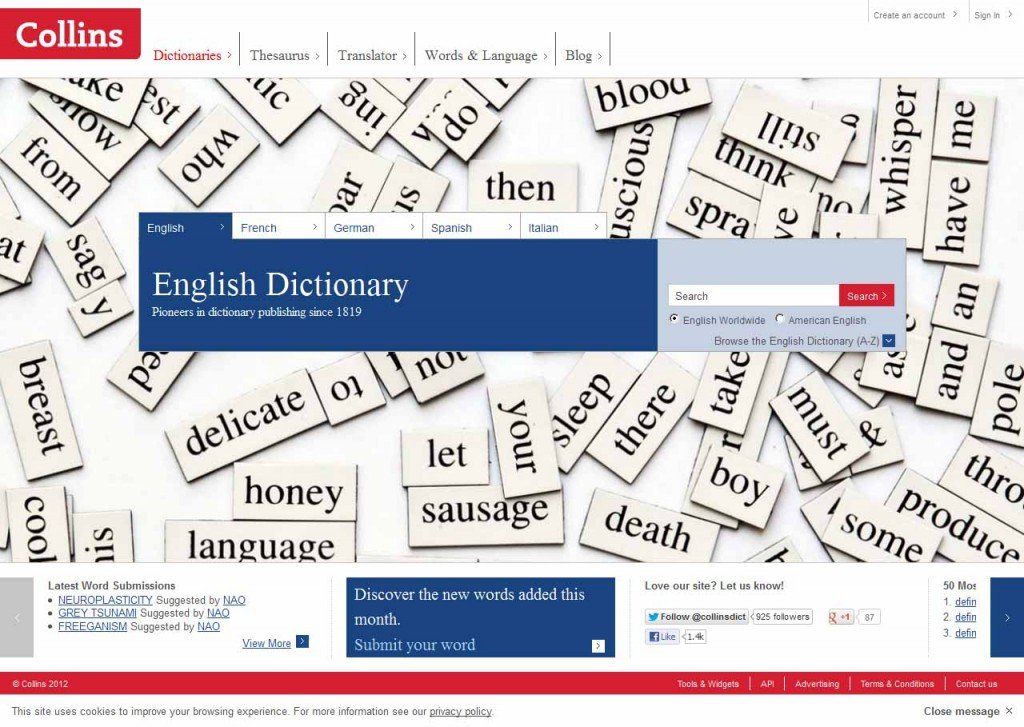Most people are familiar with machine translation tools such a Google Translator and Babelfish, for example. They seek to replace the human translator by taking rules that were previously established and put into the software and applying them to new phrases. These rules cover everything from syntax to grammar and individual vocabulary units.
But these tools are not alone in challenging the traditional human translator. There is also a group of tools called Translation Memory Software or Computer-Assisted Translation. These differ from machine translators in a number of ways. One primary difference is that they do not try to replace human translators, but rather to automate part of the process—a process that ultimately is finished by an individual person. And although machine translators usually require human editing—sometimes extensive editing—this is rather the result of imperfect algorithms and the development-in-process of a relatively new technology.
Translation memory software works by taking words and phrases that the human translator has encountered and translated, and saves them in a database for future use. When the same or similar phrases are encountered again, the translation memory software applies the previously logged translation. It may be an exact match, a “fuzzy” match or, in the case of new words and phrases, no match. The human translator would then go through and review the translation as a final edit.
The benefit of this type of tool is that the more you use it, the larger its database of translated words and phrases gets—essentially a sort of reference built and used by the translator him/herself. This can decrease the time used on translations while increasing consistency. Traditional machine translation tools, on the other hand, rely on developers to gradually increase and improve their algorithms and references, somewhat less reliable than a database saved from a professional translator’s previous work.
So while both types of translation tools can help increase time and cost efficiency, they both function in different ways and, naturally, can produce very different results. The question of whether each tool adds to or detracts from the translation industry as a whole should take into consideration the respective role that each plays.













